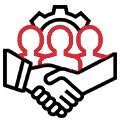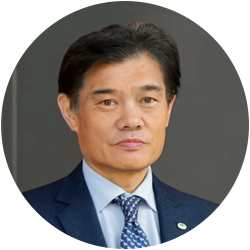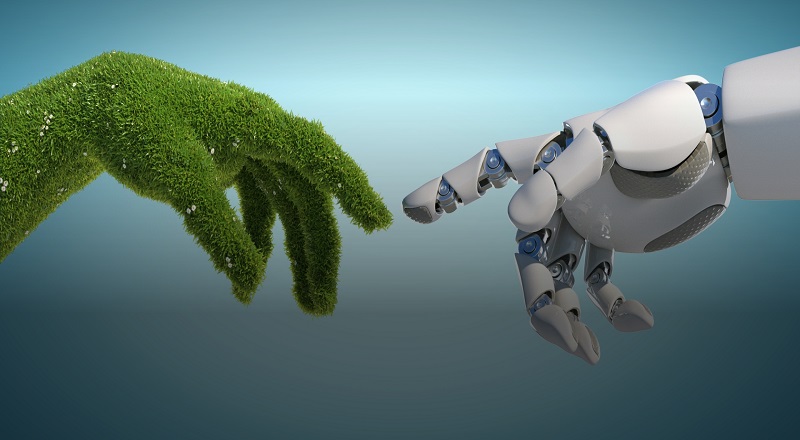The Bangkok Red Line
Elevating Environmental Quality in the Southeast Asian Metropolis
Taking a cue from other cities around the world in creating public transit networks, Bangkok unveiled the Bangkok Mass Transit System (BTS) Skytrain elevated rapid transit system near the turn of the millennium, followed by the predominantly subway Metropolitan Rapid Transit (MRT) in 2004. In the decades since, in line with Bangkok’s economic and population growth, both systems have been expanded to reach more areas within the Bangkok Metropolitan Area.
As part of this expansion, Thailand’s government has been leading the Red Line Project. From Bang Sue Grand Station, which is Bangkok’s prime transportation hub located in the city’s central Chatuchak district, the fully elevated rail system comprises a 26.4-kilometer line to the north (North Line) and a 14.6-kilometer line to the west (West Line). Hitachi,viii in collaboration with Mitsubishi Heavy Industries, Ltd. and Sumitomo Corporation, delivered a total of 25 train sets (consisting of 130 rolling stocks) sourced from Japan.
Through this project, Hitachi is leveraging on the decades-long symbiotic relationship between Thailand and Japan in terms of economic trade and, most importantly, innovation transfers to improve the quality of life for Thailand’s people. This project is to specifically help alleviate Bangkok’s on-the-road vehicle population via a transportation mode that is not only more sustainable but also environmentally friendly. Even more, its impact has been more poignant, helping improve urban welfare by balancing the affordabilityix for the city’s daily commuters.
i https://www.iqair.com/us/thailand/bangkok
ii https://data.worldbank.org/indicator/SP.URB.TOTL.IN.ZS?locations=TH
iii https://worldpopulationreview.com/world-cities/bangkok-population
iv https://www.bangkokpost.com/thailand/general/1412290/city-smog-worsens-to-danger-level
v https://www.weforum.org/agenda/2021/01/covid-19-10-most-congested-world-cities-congestion-traffic/
vi https://www.unescap.org/sites/default/files/rattanakosin_fulltext_0.pdf
vii https://www.esci-ksp.org/wp/wp-content/uploads/2014/04/SESSION-2-2-Chutintorn-EST-Thailand-30-Sept-.pdf
viii https://www.hitachi.com/New/cnews/month/2019/09/190925.html
ix https://www.unescap.org/sites/default/d8files/knowledge-products/SUTI_and_COVID-19_Impact_Bangkok_0.pdf
x https://www.hitachi.com/rev/archive/2019/r2019_03/gir/index.html
xi https://www.hitachi.com/rev/archive/2021/r2021_01/extra/index.html
Date of Release: February 2022











